Anthotypes are prints made by coating water colour paper with light sensitive dyes extracted from plants. A photogram can be created by placing objects such as flowers or grasses over the coated paper and exposing it to the sun. Alternatively a photographic print can be created by first printing the photograph onto clear acetate or film and placing it over the coated paper. In good sunlight exposures can vary from several hours for spinach to several weeks for pansy and tulip petals or onion skin.
You can see a brief description of how to create an anthotype here.
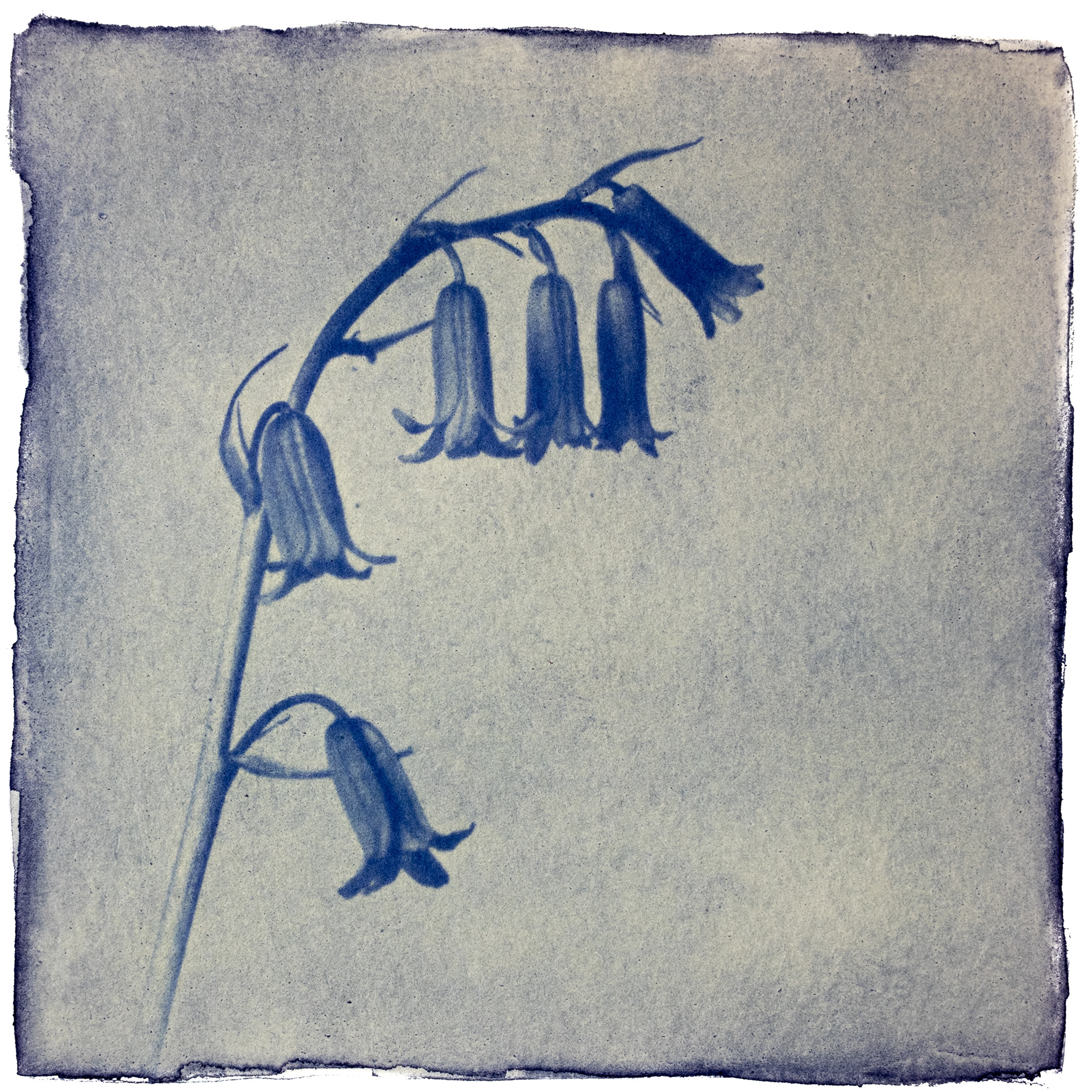
Bluebells - Dye: Pansy Petals

Aquilegia - Dye: Pansy Petals

Pansy - Dye: Pansy Petals

Scabiosa - Dye: Onion Skins

Seedheads - Dye: Onion Skins
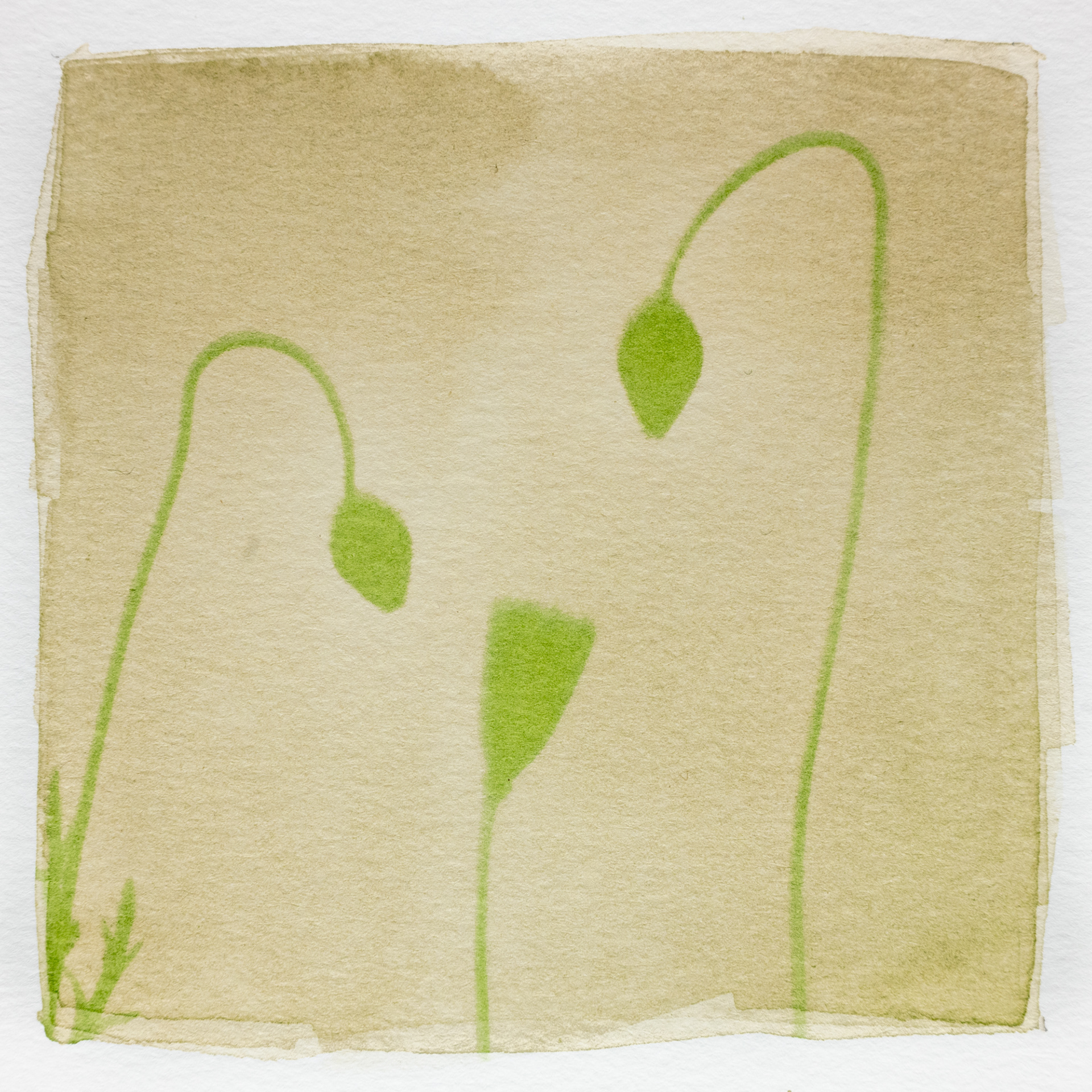
Poppy Photogram - Dye: Spinach Leaves
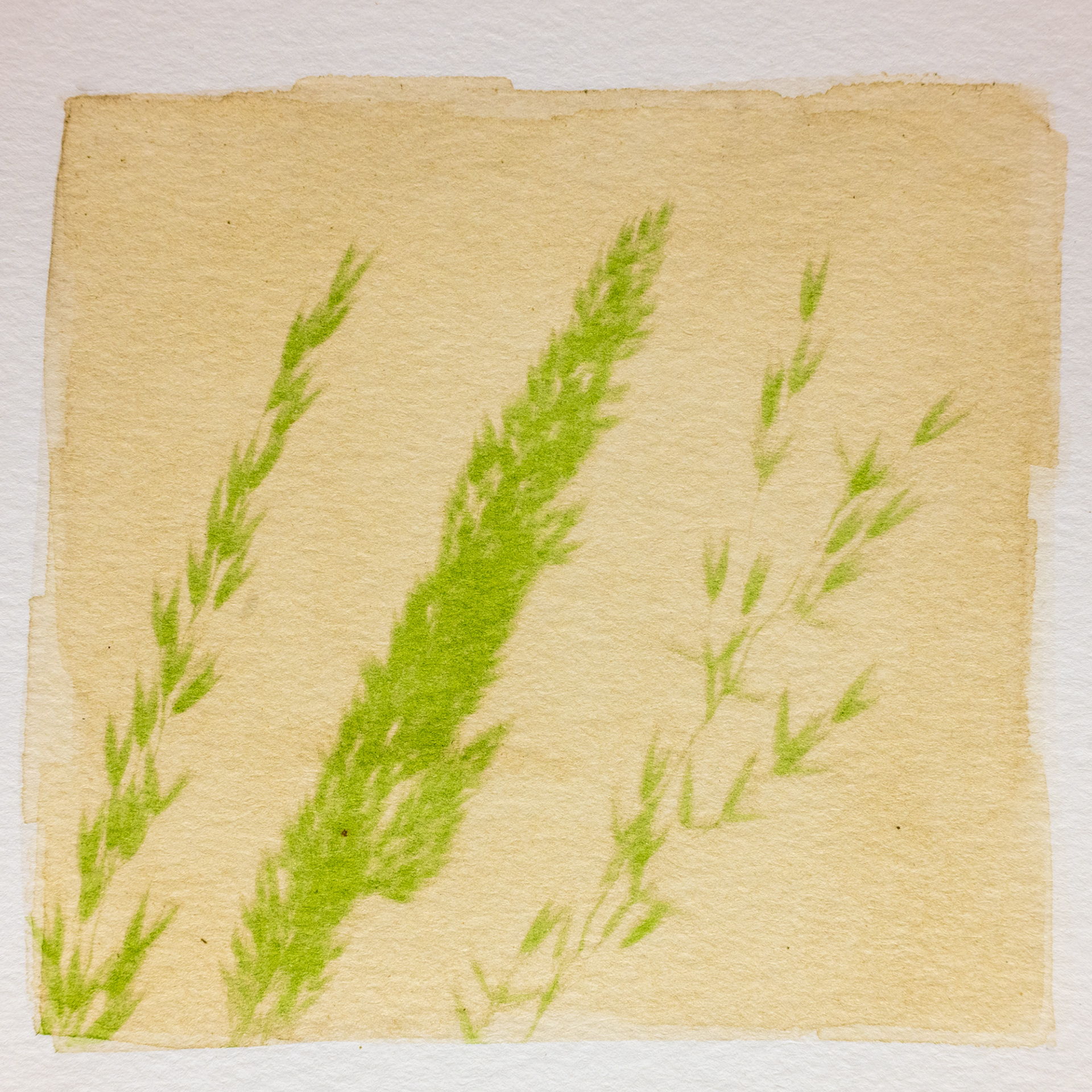
Grasses Photogram #1 - Dye: Spinach Leaves
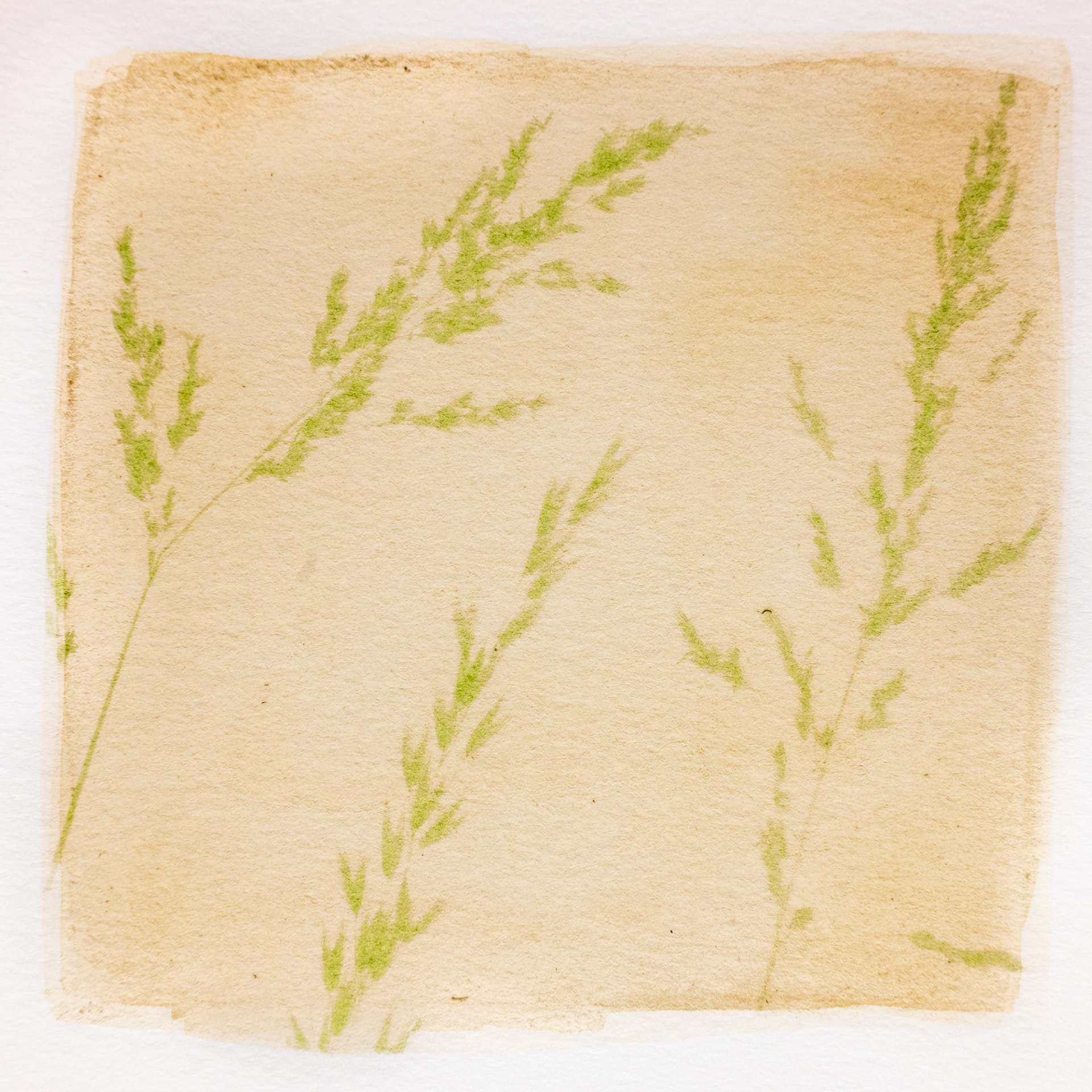
Grasses Photogram #2 - Dye: Spinach Leaves
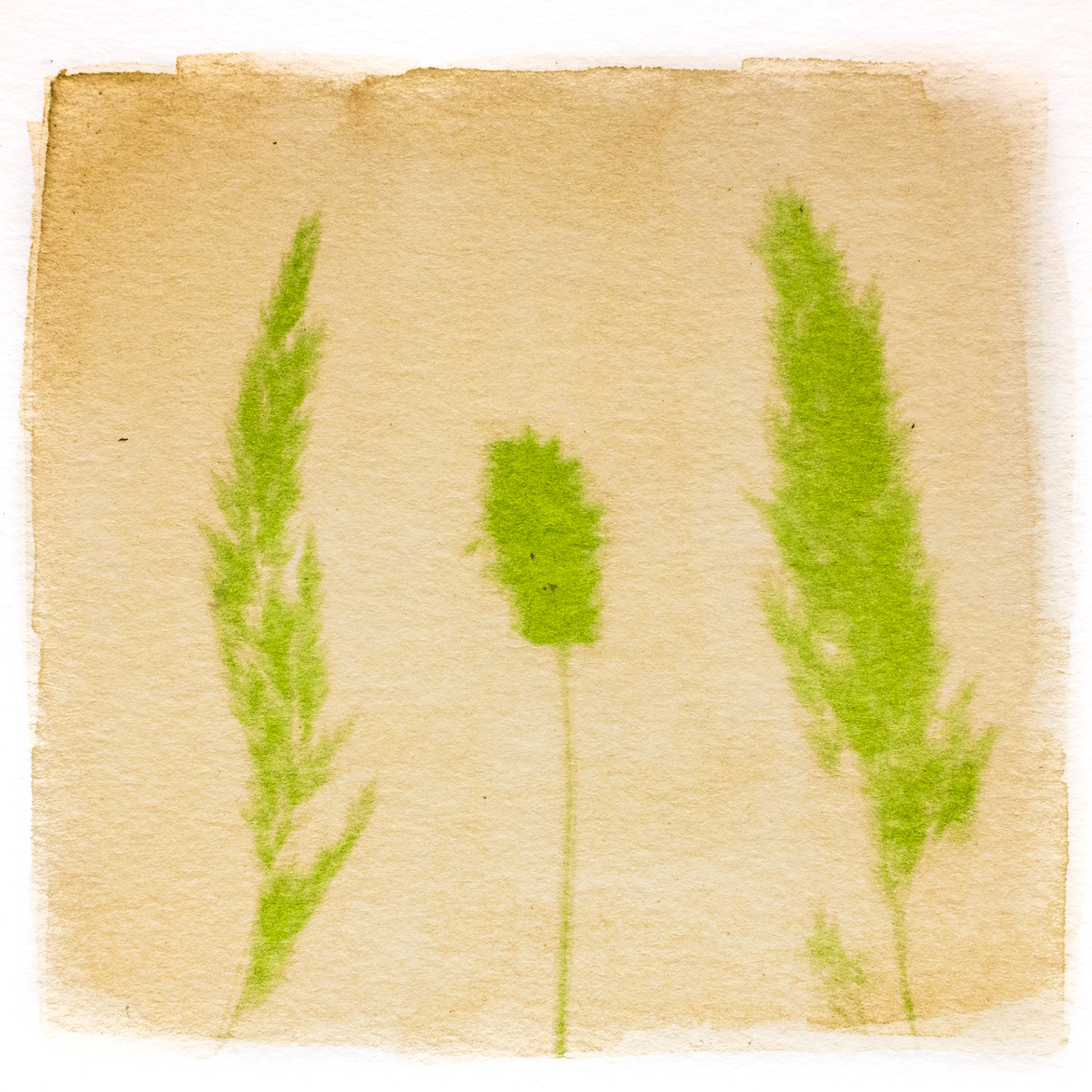
Grasses Photogram #3- Dye: Spinach Leaves

Grass and Poppy Photogram - Dye: Spinach Leaves

Cloisters - Dye: Beetroot

Stone Carving Boxgrove Priory - Dye: Beetroot
